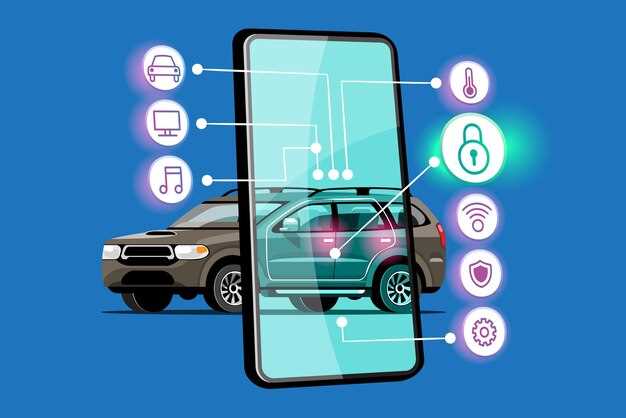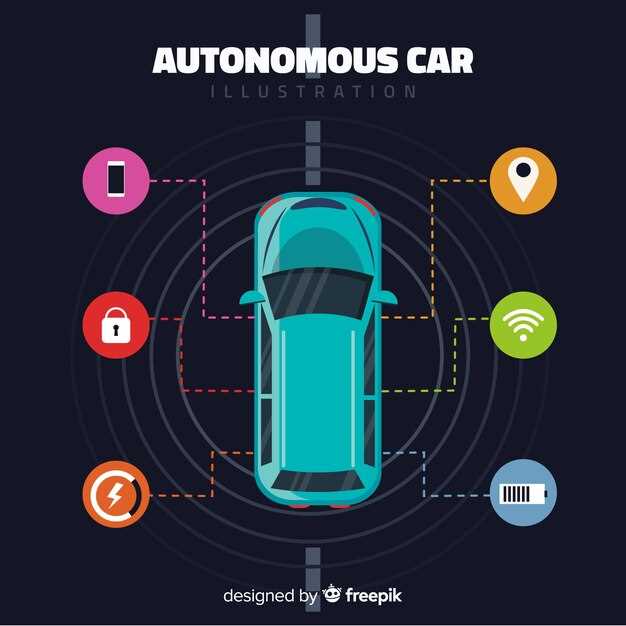
The integration of biometric technology in automotive systems has revolutionized vehicle access and security protocols. As cars become increasingly equipped with advanced features like fingerprint recognition and facial recognition systems, the question arises: how secure are these innovations? This article delves into the intricacies of biometric car access mechanisms, evaluating their effectiveness and the potential vulnerabilities that accompany them.
Biometric security offers a unique advantage over traditional key-based systems by providing a personal and individualized method of vehicle access. However, the reliance on unique biological traits introduces various challenges. Issues such as spoofing attacks, where unauthorized individuals attempt to gain access by mimicking biometric features, raise significant concerns about the integrity of these systems. Furthermore, the storage and transmission of biometric data present opportunities for cybercriminals, making data protection a critical aspect of biometric security.
In addition to technological vulnerabilities, ethical implications also warrant attention. The collection and management of biometric data can lead to privacy risks if not handled properly. The potential for abuse or unauthorized surveillance amplifies the need for comprehensive regulations governing biometric usage in vehicles. As we explore the landscape of biometric car access security, it is essential to consider both the technological benefits and the associated risks that underscore this evolving field.
Evaluating the Vulnerabilities of Biometric Systems in Automotive Applications

Biometric systems in automotive applications are designed to enhance security by relying on unique biological traits of individuals, such as fingerprints, facial recognition, or iris patterns. However, as with any security system, these technologies are not immune to vulnerabilities that can be exploited by malicious actors.
One prominent vulnerability lies in spoofing attacks. Attackers can create replicas of biometric traits, using materials like silicone for fingerprints or photographs for facial recognition, to gain unauthorized access. This raises concerns about the reliability of sensors and the algorithms that differentiate between genuine and fake biological traits.
Another critical issue is the data storage and transmission of biometric information. If a vehicle stores biometric templates without robust encryption, this sensitive data may be susceptible to theft. Cybercriminals could intercept unencrypted data during transmission between the biometric scanner and the vehicle’s control system, leading to unauthorized access.
Additionally, biometric systems may have inherent technological limitations. For instance, environmental factors such as lighting conditions, extreme temperatures, and dirt can impair the system’s ability to accurately recognize an individual. These limitations may lead to false rejections or false acceptances, potentially compromising security.
The process of system integration with existing vehicle electronics poses another challenge. Biometric systems must interact seamlessly with other security measures and vehicle functions. Any integration flaws may create additional entry points for attackers or cause unexpected system behaviors, undermining the overall security framework.
Moreover, the user acceptance and usability of biometric systems are crucial. If the biometric authentication process is perceived as cumbersome or unreliable by users, there is a risk that they may seek workarounds that could compromise the intended security. Educating users about proper usage and potential threats is essential to maintain the integrity of biometric access systems.
Lastly, regulatory and ethical considerations surrounding biometric data collection must not be overlooked. The potential for misuse and the implications of storing personally identifiable information can lead to privacy violations that extend beyond vehicle security. Manufacturers must navigate these concerns carefully to ensure compliance with laws and maintain user trust.
In summary, while biometric systems offer advanced security features for automotive applications, their vulnerabilities must be thoroughly evaluated and addressed. Focusing on improving the technology, enhancing encryption methods, ensuring seamless integration, and maintaining user awareness can help mitigate risks and elevate the overall security of these systems.
Understanding Privacy Implications of Biometric Data in Vehicle Access
The adoption of biometric technologies for vehicle access has surged, offering enhanced security features such as fingerprint recognition, facial scanning, and iris identification. While these innovations promise convenience and improved safety, they also raise significant privacy concerns that warrant thorough examination.
Firstly, biometric data is inherently sensitive and unique to each individual. Unlike passwords or PINs, which can be changed if compromised, biometric identifiers are permanent. This permanence makes the potential implications of data breaches particularly severe. If a biometric database is hacked, the replacement of compromised data is impossible, leading to lifelong vulnerability regarding personal privacy and identity theft.
Moreover, the collection and storage of biometric information require robust security measures to protect against unauthorized access. Many vehicle manufacturers may not implement the necessary safeguards, exposing users to risks of data leaks. Such breaches could allow malicious actors to not only gain access to vehicles but also exploit personal data for further criminal activity.
Another pressing concern is the potential for surveillance and tracking. The integration of biometrics in vehicle access can enable continuous monitoring of individuals. This capability may lead to invasive data collection practices, where users are tracked without their explicit consent. Such practices can infringe on civil liberties and create a culture of pervasive surveillance, where individuals are constantly under observation.
Furthermore, there are implications related to data ownership and consent. Users often have limited understanding of how their biometric data is collected, used, and retained. In many cases, consent forms are dense and filled with legal jargon, leaving individuals unaware of their rights and the extent of data sharing. Transparency regarding these processes is critical to fostering trust between consumers and automotive companies.
Regulatory frameworks governing biometric data usage are still evolving. In the absence of stringent laws and guidelines, companies may prioritize profit over consumer privacy. Consumers need assurance that their biometric data will not be sold or misused. Therefore, establishing clear regulations concerning consent, data security, and user rights is essential to mitigate risks and enhance accountability.
Lastly, public perception plays a crucial role in the adoption of biometric vehicle access systems. As awareness of privacy issues grows, consumers may become reluctant to embrace such technologies. Educating users about the benefits and risks, coupled with transparency from providers, is vital for building user acceptance and confidence in these systems.
In conclusion, while biometric data systems offer innovative solutions for vehicle access, the associated privacy implications are significant. Addressing these concerns through robust security measures, transparent practices, and clear regulations is essential to ensure user trust and protect individual privacy rights in the automotive industry.
Comparative Analysis of Biometric Technologies for Keyless Entry Systems

Biometric technologies have gained significant traction in the automotive industry, particularly for keyless entry systems. This analysis evaluates three primary biometric modalities: fingerprint recognition, facial recognition, and iris scanning, focusing on their strengths, weaknesses, and suitability for vehicle security.
Fingerprint recognition is one of the most widely implemented biometric technologies. It is favored for its ease of use and relatively low cost. Modern fingerprint scanners provide quick access, and many brands have integrated this feature into their vehicles. However, environmental factors such as dirt, moisture, and temperature can affect performance, leading to false rejections. Additionally, the storage of biometric data raises privacy concerns, as unauthorized access could lead to potential misuse.
Facial recognition technology offers an enhanced level of security, utilizing advanced algorithms that analyze facial features to verify identity. This method provides a contactless experience, which is advantageous in terms of hygiene and convenience. However, its effectiveness can diminish in varying lighting conditions or when the user wears sunglasses or hats. Furthermore, concerns about data privacy and the potential for spoofing through photographs or videos remain significant drawbacks.
Iris scanning presents a highly secure option, as the unique patterns in the iris are distinct and difficult to replicate. This technology is less affected by environmental factors and can work in diverse lighting situations. However, the cost of iris recognition systems can be prohibitive, which limits widespread adoption in consumer vehicles. Additionally, the requirement for the user to position their face close to the scanner may not be as convenient as other biometric options.
In summary, while each biometric technology has its unique advantages and limitations, the choice of system for keyless entry will largely depend on the balance between user convenience, security, and cost-effectiveness. Manufacturers must consider these factors when implementing biometric solutions to ensure a secure and user-friendly experience for consumers.

